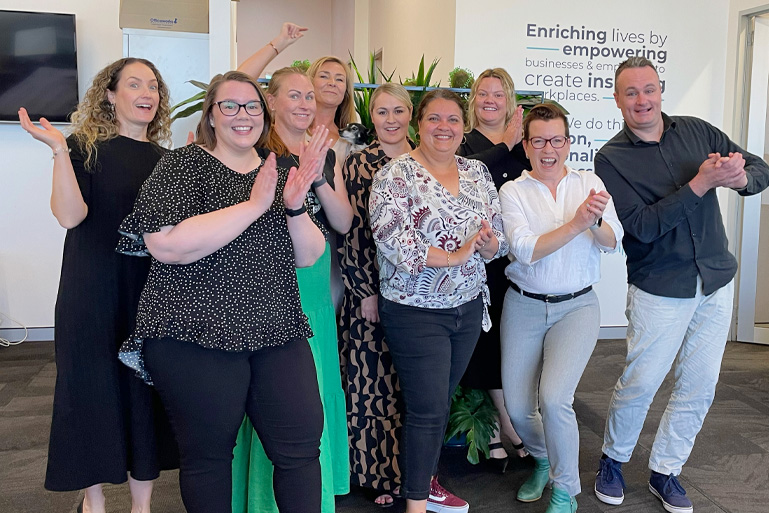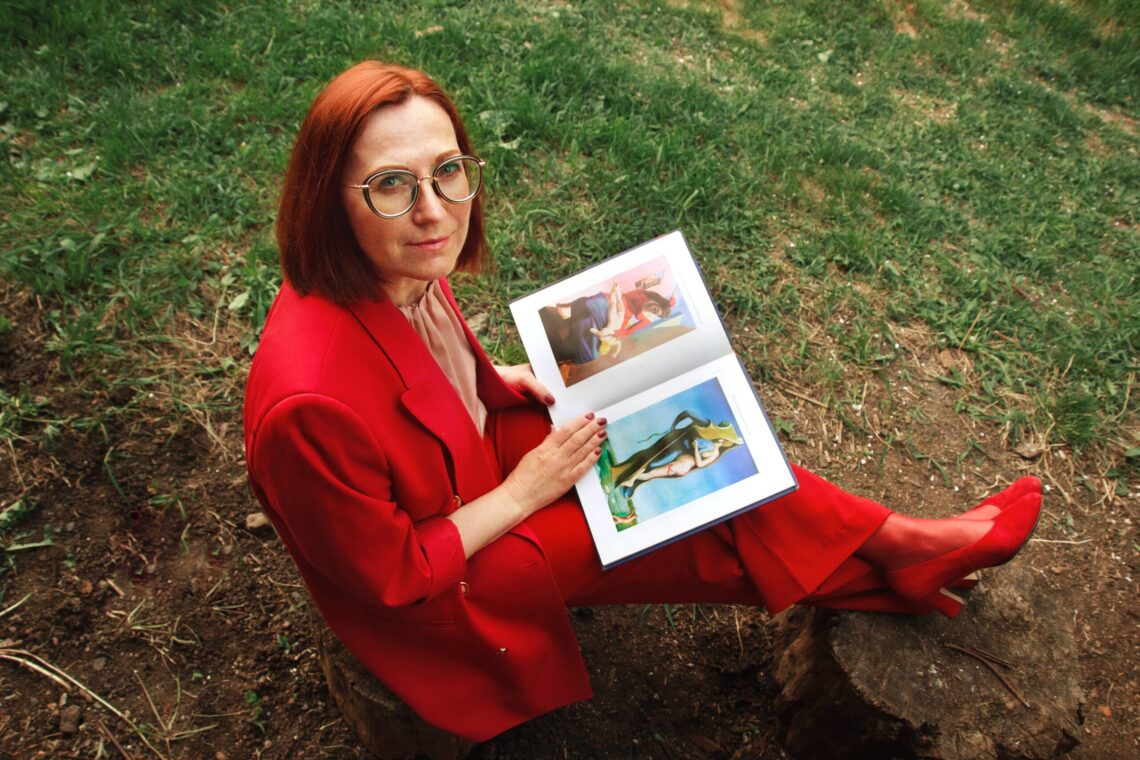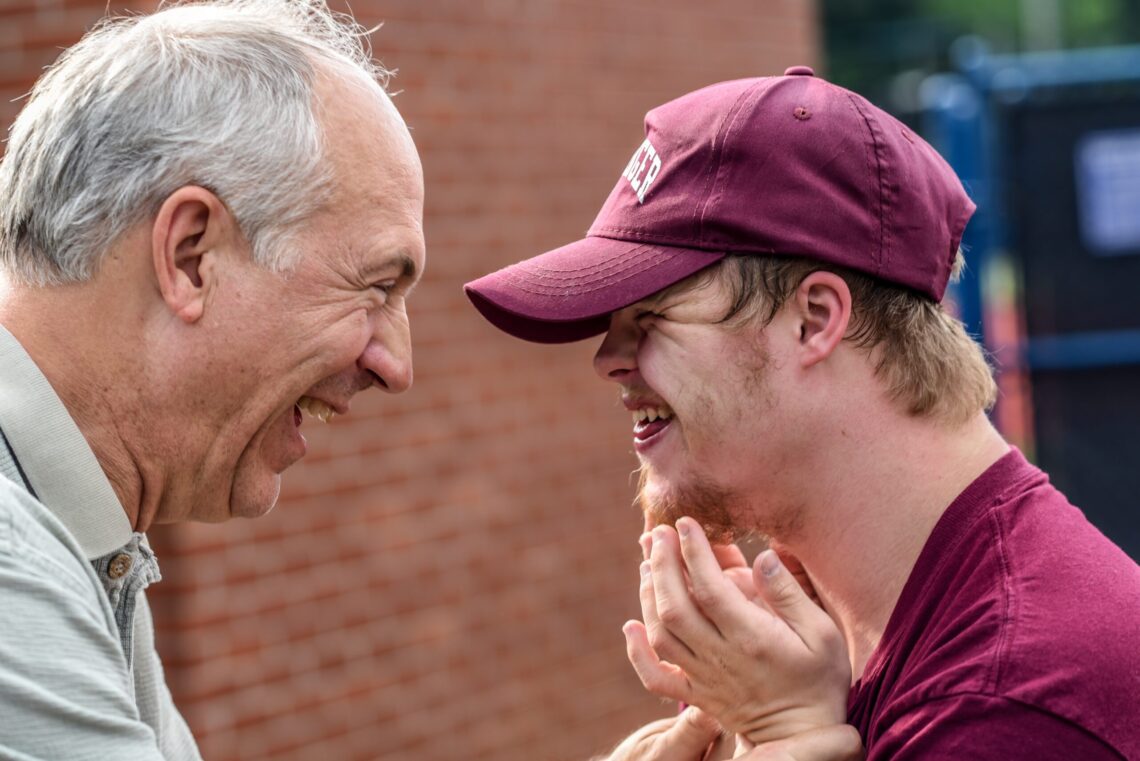Over 55s is the fastest-growing segment in the workforce, yet one in four reports they have experienced age discrimination.
Over 55s is the fastest-growing segment in the workforce, yet one in four reports they have experienced age discrimination. Let’s start the conversation on ageism at work. What is it and how can we better support our ageing workforce?
Ageism in Australia: The facts
According to Hon Dr Kay Patterson AO from the Australian Human Rights Commission, ageism typically manifests in three ways:
- Elder abuse in the community
- Older women at risk of homelessness
- Age discrimination in the workplace (employees are protected by the Age Discrimination Act 2004).
If we just isolate the last point, we can see this play out in a few different ways:
- Age-related stereotypes, for example, “older workers only have a few years left before retirement” or being passed over because “you’re too experienced“.
- Older staff are being targeted for redundancies during economic downturns, such as during the pandemic.
- Fewer opportunities for training or promotion in a workplace.
- No policies or strategies are in place around retirement.
You might also be surprised — age discrimination doesn’t necessarily start as ‘late’ in life as you would believe. Ageism at work can start as young as 45 years old and Hon Dr Patterson recommends conversations around future plans (such as retirement) should begin before a worker enters their 40s.
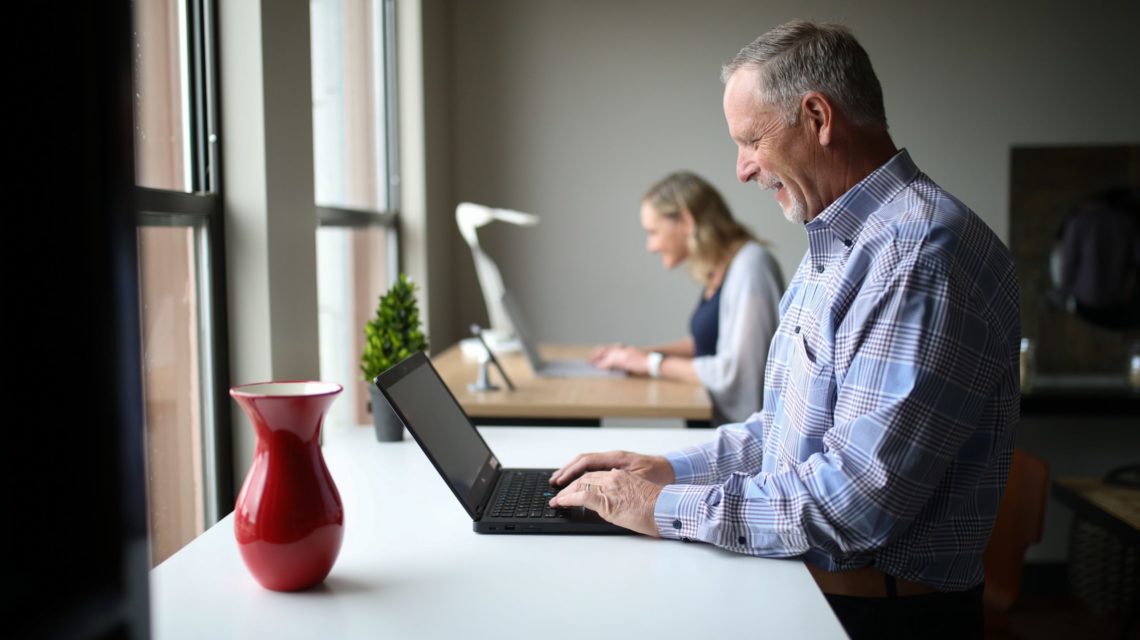
How you can combat ageism at work
With the reality being that Australians are increasingly working to older ages, the need to discuss and combat barriers to employing older workers becomes more critical.
Here are four tips to combat ageism at work:
-
Build multigenerational teams
A number of studies have shown that exposing younger workers to older workers helps combat negative stereotypes. Research from the Australian Human Rights Commission also shows older workers are more likely to want to work in teams or have contact with the public in their day-to-day work. This tip has many touted by many experts as the best strategy for reducing ageism and challenging stereotypes. There are also a number of benefits for your team when you hire over 65s, ‘The unique advantages of hiring over 65‘.
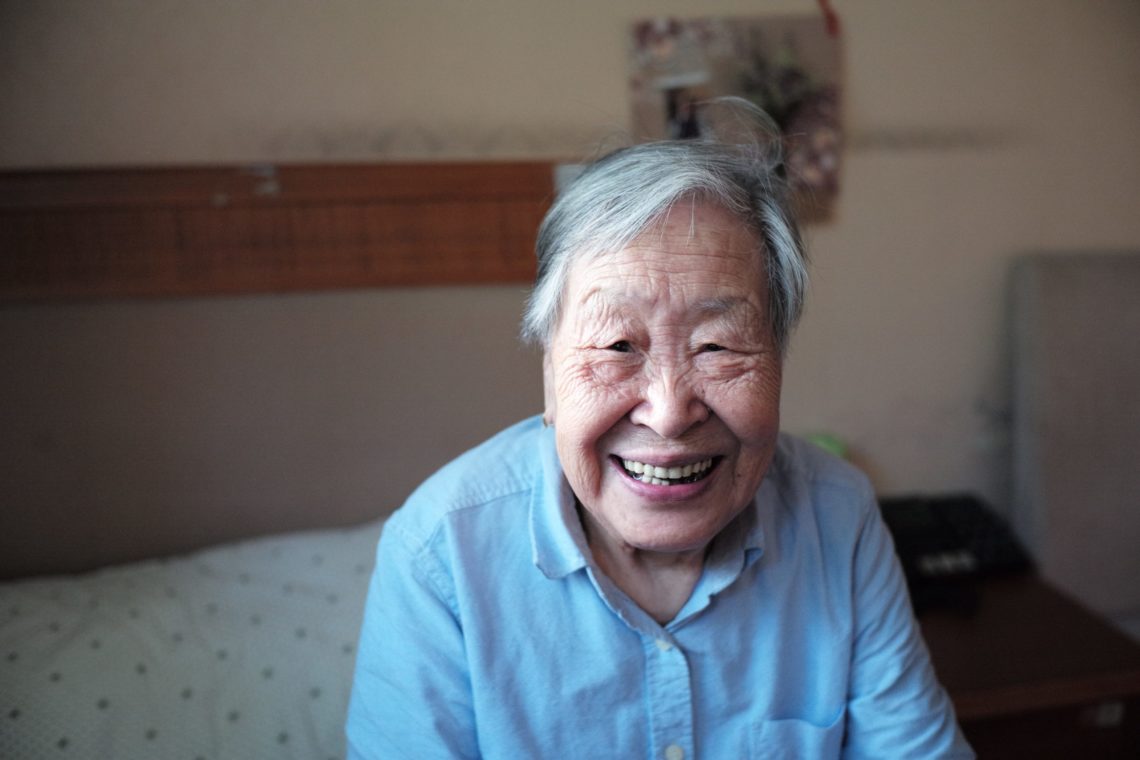
-
Offer training
Technical skills are learned. While some workers may not have a particular software skill, for example, this is something that could be taught during the onboarding process. Be flexible in how you could accommodate the needs of a prospective employee.
While some hiring managers may feel the need to reduce the complexity of tasks for older workers or believe that learning new skills is outside the realm of possibility, this is mistaken. Age has been shown as a poor predictor of job performance.
-
Flexible working
Workplace flexibility is one of the most in-demand benefits requested by employees and older workers are no exception. Discuss work priorities with potential candidates. You may find older workers may have additional caring responsibilities – for children, older parents or grandchildren – and may benefit from WFH flexibility.
-
Make a commitment
Combating ageism is something that needs support from the top down in an organisation. Leadership must make a commitment and be proactive in their approach. This will be important to introduce opportunities for multi-generational work as well as create programs to capture the skills and knowledge of the older workforce. The final step, following process change, is to solidify these with policy change.

